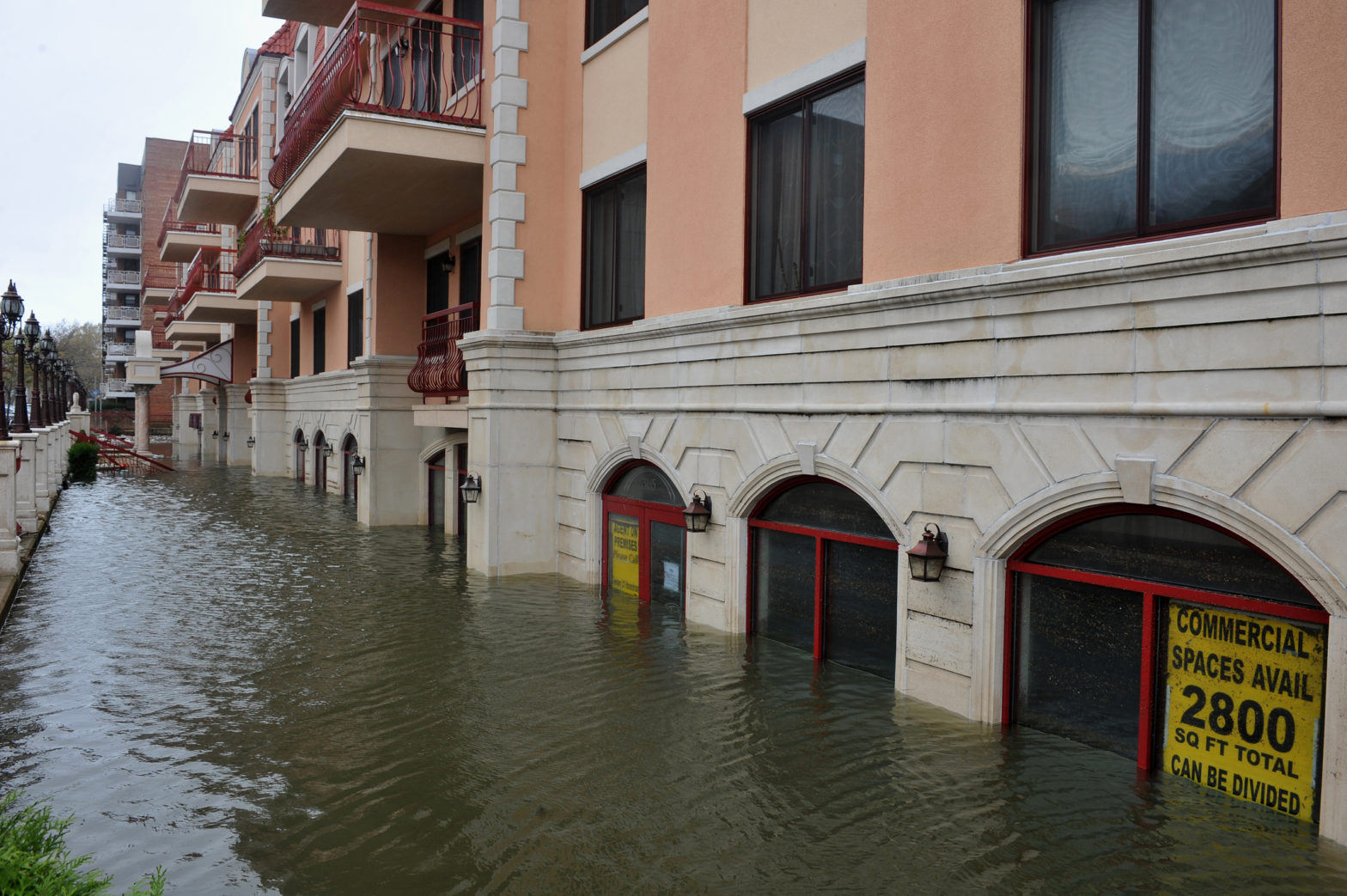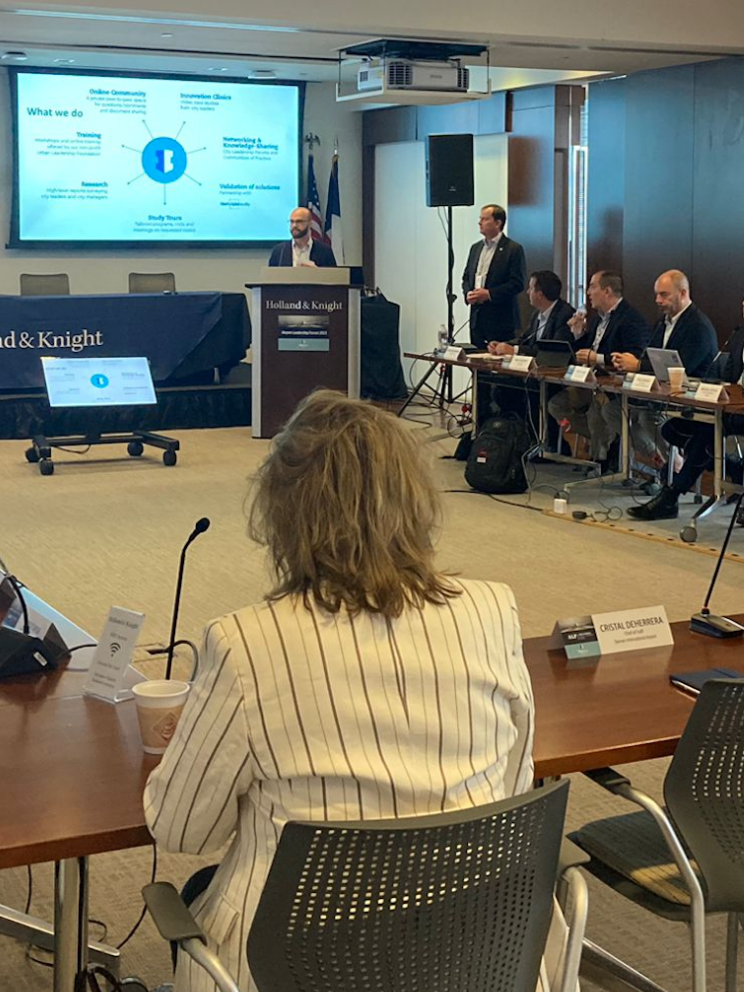
Photo: Image: Rico Lee (Flickr)
Seoul to expand drone-charging capable smart pole network
24 May 2021
by Christopher Carey
Seoul is set to expand its network of smart poles (S-poles) – which act as streetlights, traffic lights, environmental sensors, footfall counters, smartphone chargers, Wi-Fi access points and CCTV points – from 26 to 216 by the end of the year.
The poles, launched in February, will also have the potential to charge drones and electric vehicles as part of a pilot project set to be launched in the second half of this year.
“S-poles are the core infrastructure of a smart city, which can reduce the cost while improving the scenery, safety, and convenience,” said Lee Won-Mok, Director General of Seoul’s Smart City Policy.
“We will work on developing newly-demanded features for smart cities from electric car charging to drone-related technologies to create smarter urban infrastructures.”

Customised smart poles
In the Hangang Park area of the city, customised smart poles with CCTV cameras will be installed.
These are expected to increase the city’s emergency response capacity with their “abnormal sound detection CCTV” function.
When an abnormal sound is detected, the CCTV camera rotates to the direction the sound comes from to capture the footage. In addition, the city can add “intelligent warning lights” to the poles. By ringing a siren-like sound, these lights warn of an emergency and let people get immediate help from others.
In preparation for the expansion, Seoul’s Metropolitan Government (SMG) installed ten flexible models this month.
The models have a set of functions that can be added or combined based on the surrounding environment’s needs.
Reduced costs
The city says the project has reduced costs, with an analysis of the Seongdong district showing savings of 12-21 percent.
When the district installed a traffic light, street light and CCTV separately during 2008 to 2013, the total cost of installation was between US$30,740-36,240.
But in 2021, the total cost for a smart pole incorporating these features was between US$27,240-28,860.
The SMG introduced guidelines for the poles that include application plans for information service based object recognition, urban phenomenon analysis based on S-DoT (Seoul’s data collection IoT sensors), and city guide QR codes.
The guidelines also incorporate ‘a foundation for the future’ where autonomous driving and telecommunications technologies are connected through Cooperative-Intelligent Transport Systems (C-ITS) and a 5G signal repeater.
Image: Rico Lee (Flickr)








